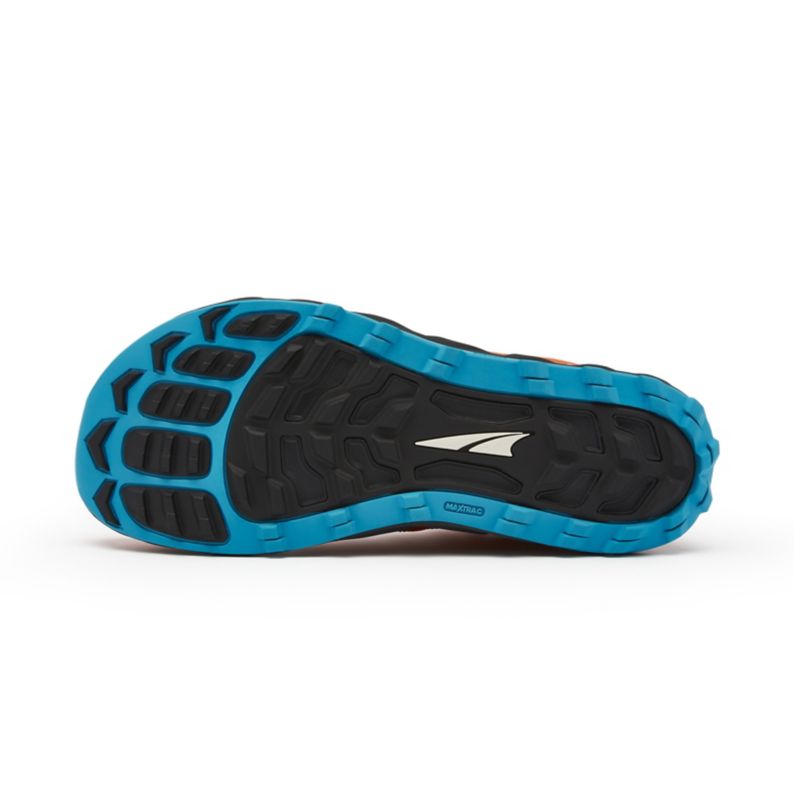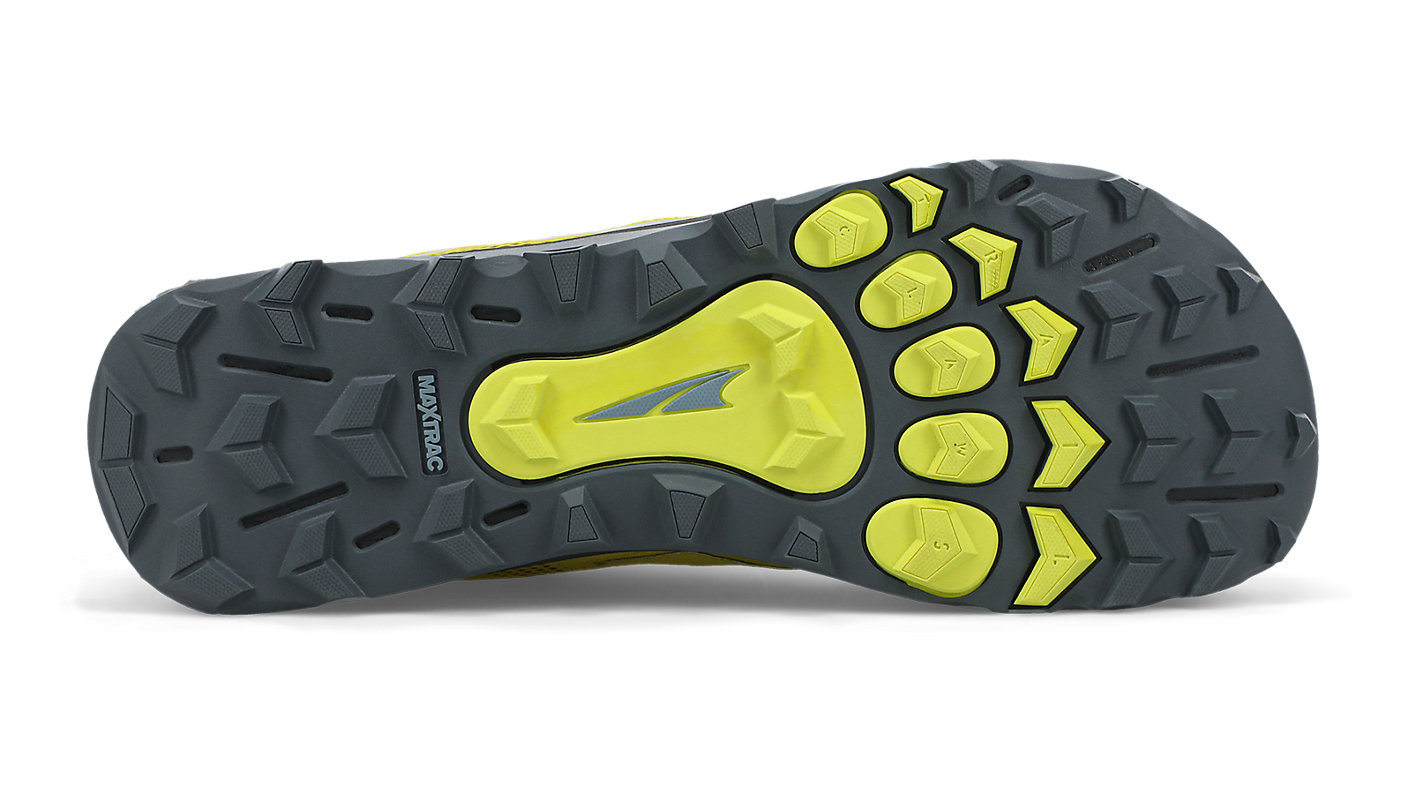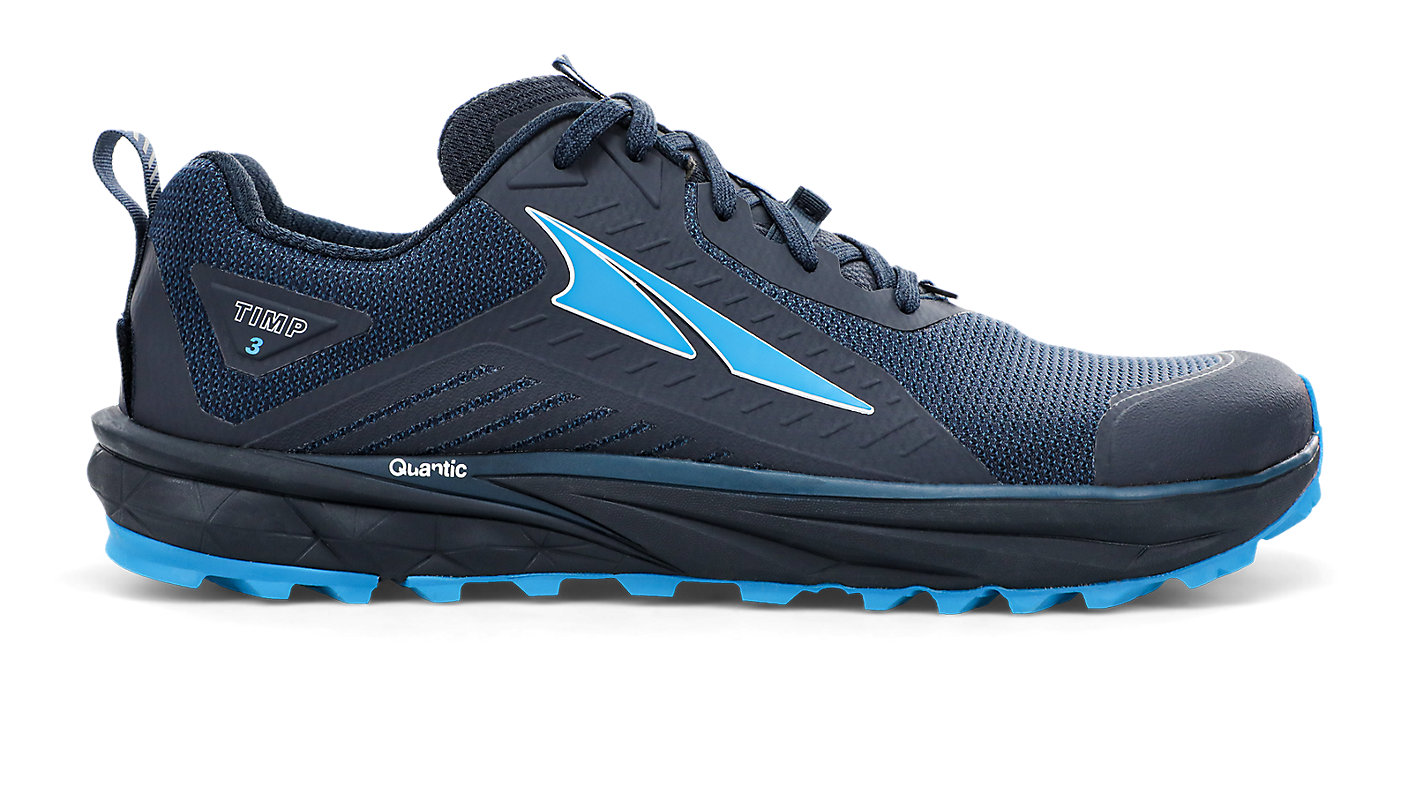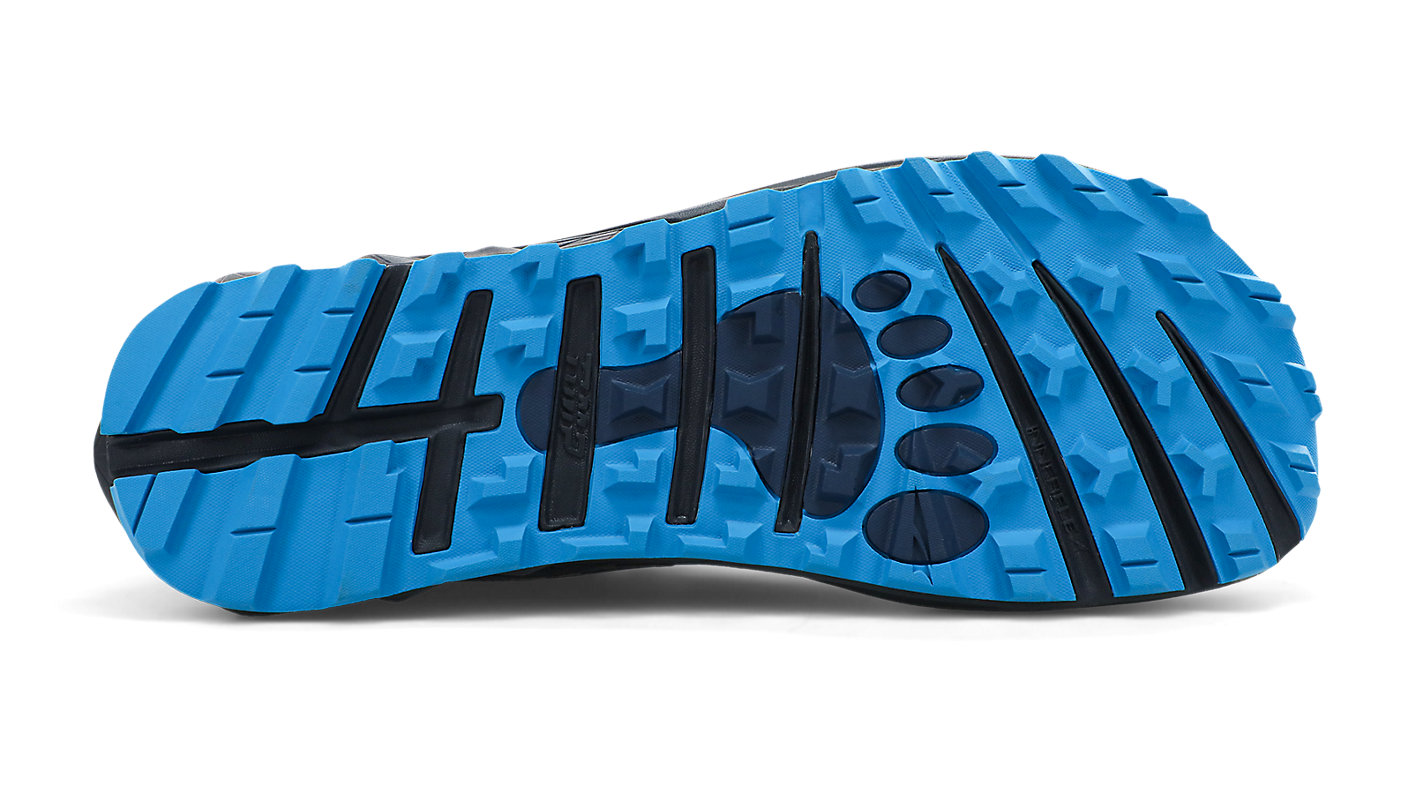Monday, Aug. 12th 2019
The Verge:
The US Navy will replace the touchscreen throttle and helm controls currently installed in its destroyers with mechanical ones starting in 2020
The move comes after the National Transportation Safety Board released an accident report from a 2017 collision, which cites the design of the ship’s controls as a factor in the accident.
The NTSB report calls out the configuration of the bridge’s systems, pointing out that the decision to transfer controls while in the strait helped lead to the accident, and that the procedures for transferring the controls from one station to another were complicated, further contributing to the confusion. Specifically, the board points to the touchscreens on the bridge, noting that mechanical throttles are generally preferred because “they provide both immediate and tactile feedback to the operator.” The report notes that had mechanical controls been present, the helmsmen would have likely been alerted that there was an issue early on, and recommends that the Navy better adhere to better design standards.
This makes sense. But also, bad UI, whether physical or software is just bad UI.
Following the incident, the Navy conducted fleet-wide surveys, and according to Rear Admiral Bill Galinis, the Program Executive Officer for Ships, personnel indicated that they would prefer mechanical controls.
This user research would have been helpful before the accident.
Touchscreens weren’t the only issue in the collision: the report calls out that several crew members on the bridge at the time weren’t familiar with the systems that they were overseeing and were inexperienced in their roles, and that many were fatigued, with an average of 4.9 hours of sleep between the 14 crew members present. The report recommended that the Navy conduct better training for the bridge systems, update the controls and associated documentation, and ensure that Navy personnel aren’t tired when they’re on the job.
There's also that…
See also: Wikipedia: Boeing 737 Max worldwide grounding
Friday, July 26th 2019
| Model |
Version |
Stack Height |
Weight |
Date Released |
Image |
Tread |
$ |
Link |
| King MT |
2.0 |
19mm |
8.7oz (246g) |
September 5, 2019 |
 |
 |
$140 |
M
W
|
| Superior |
5.0 |
21mm |
8.8oz (251g) |
June 2021 |
 |
 |
$120 |
M
W
|
| Lone Peak |
5.0 |
25mm |
11.1oz (318g) |
March, 2021 |
 |
 |
$130 |
M
W
|
| Timp |
3.0 |
29mm |
11oz (311g) |
March, 2021 |
 |
 |
$140 |
M
W
|
| Olympus |
4.0 |
33mm |
11.2oz (317g) |
August 24, 2020 |
 |
 |
$170 |
M
W
|
Wednesday, July 10th 2019
The Verge:
Video conferencing provider Zoom has pushed out an emergency patch to address the zero-day vulnerability for Mac users that could potentially expose a live webcam feed to an attacker, launching you into a Zoom video chat you’d never intended to launch. The move is a surprise reversal of Zoom’s previous stance, in which the company treated the vulnerability as “low risk” and defended its use of a local web server that incidentally exposed Zoom users to potential attacks.
...
Zoom says it used the local web server to make its service faster and easier to use — in other words, saving you a few mouse clicks. But the server also creates the rare but present possibility that a malicious website could activate your webcam by using an iframe, getting around Safari’s built-in protections.
Zoom:
Second, when Zoom is installed on a Mac device by the user, a limited-functionality web server that can only respond to requests from the local machine is also installed on the device to help launch Zoom meetings. This is a workaround to a change introduced in Safari 12 that requires a user to confirm that they want to start the Zoom client prior to joining every meeting. The local web server enables users to avoid this extra click before joining every meeting. We feel that this is a legitimate solution to a poor user experience problem, enabling our users to have faster, one-click-to-join meetings. We are not alone among video conferencing providers in implementing this solution.
Jason Snell:
My hope is that someone at Zoom got a call from someone at Apple today, indicating that the click-to-confirm Safari feature is intended to be used and that bypassing it is not cool.
Dieter Bohn:
Part of Zoom's response below. Basically: an update to Safari (probably for security?) added an extra click to joining a meeting. So Zoom added a whole damn, undisclosed, running webserver to your computer to Save You A Click. And it isn't sorry.
Really.
It's weird to me that Zoom is using UX as a scapegoat for a “feature” that turned into a large security vulnerability. Especially when Apple has been pretty clear about how the UX for this interaction should work through Safari's click-to-confirm.
I would further argue that good UX includes clarification of intent and system status especially when it even remotely concerns anything with video or audio functionality.
Update
Macrumors:
Apple has now taken things one step further and pushed out a silent macOS update that removes the web server, reports TechCrunch. The update is deployed automatically, so users don't have to manually apply it in order for it to take effect.
…
Zoom told TechCrunch it was "happy to have worked with Apple on testing this update" …
I bet.
Tuesday, July 9th 2019
Asa Dotzler (via Zach Wood):
Today we released Firefox 68 with a color contrast audit feature in the dev tools. Before, you could inspect individual elements for color contrast. Firefox now offers a full page color contrast audit that identifies all elements on a page that fail color contrast checks. #a11y
With the addition of the color contrast audit feature in Firefox's dev tools, this will speed up accessibility audits of implemented designs. I'm excited to see more and more tools being updated to improve the process when designing and developing for accessibility. I'd love to see improved plugins or feature support for this stuff in Sketch/Figma/Photoshop.
Also: Tools For Accessibility, The WebAIM Million
Monday, July 1st 2019

So, it's thanks to the trash can Mac Pro that in 2019, it can truthfully be said: instead of putting a beefy graphics card inside your computer, you are now able to take a top-of-the-line gaming GPU, seat it inside an external box, plug that box into your computer, and—using a single high-bandwidth cable—push the necessary instructions to render 4K games at 60 frames per second on the card before (over the very same cable!) pushing those frames back to your notebook's built-in monitor without introducing any perceptible latency. I've seen daily evidence of this for the last month and I gotta say: it's pretty freakin' cool.
With more and more design apps slowly taking advantage of GPUs, this is something I would seriously consider if my 2015 iMac had TB3 ports.










